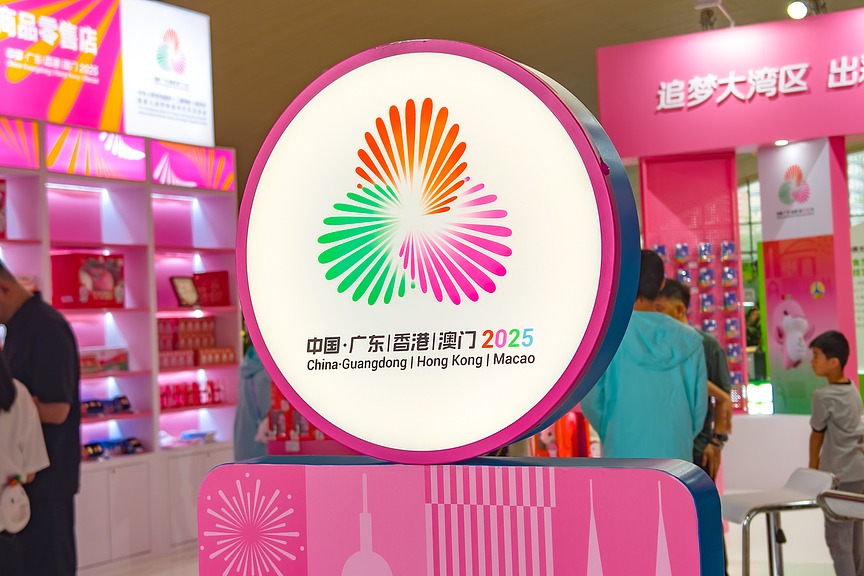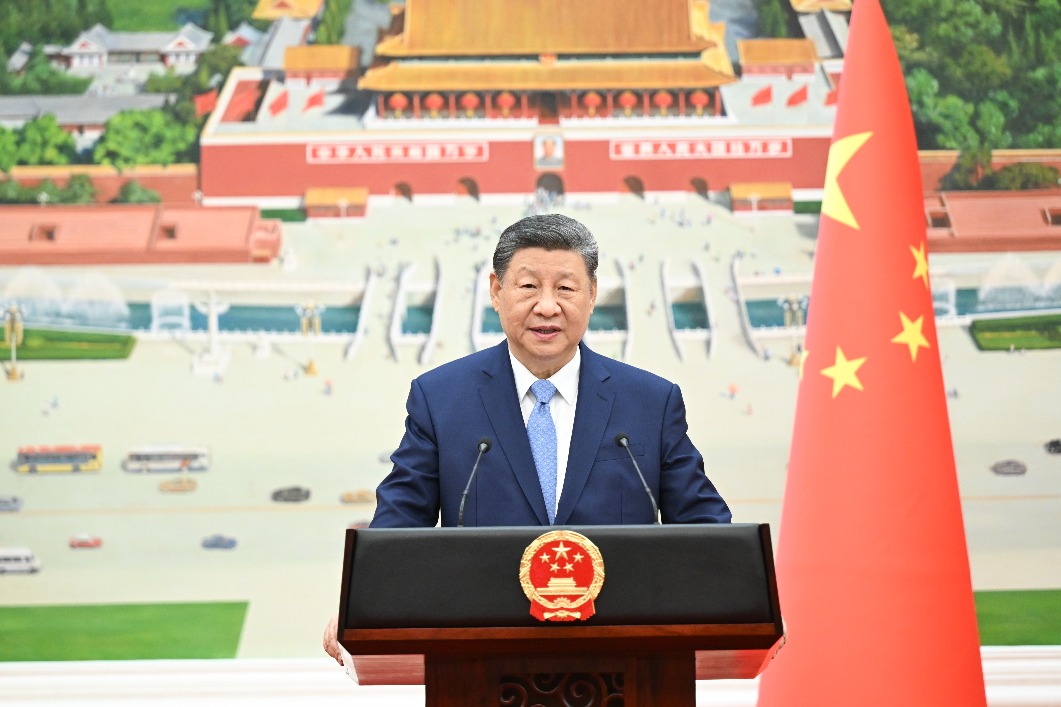Guiyang's tourist appeal grows


Museum in the village
For those who want to enjoy a cultural experience, but escape the hustle and bustle of the city, they may be pleasantly surprised to find that there is a museum in a small village on the outskirts of Guiyang.
The Museum of Memory on Hands is located 20 kilometers west of the downtown area, in a village called Wenggong (from the language of the Miao ethnic group meaning "golden spring").
The museum collects a wide range of intangible cultural heritage artifacts from various ethnic groups in Guizhou, including, the Miao, Bouyei, Dong, Yao, Gelao, and Sui. It currently houses a total of 4,819 items.
Wang Xiaomei, a former journalist, is the founder of this museum. It was in 2002, when Wang had just joined the workforce, that she collected her first piece of Miao wax-dyeing work.
Fascinated by the ancient craft, she has been collecting items related to wax dyeing, printing and dyeing, tie-dyeing, maple-fragrance dyeing, paste dyeing, as well as embroidery, ever since.
In 2018, Wang returned to her home in Wenggong village and dedicated herself to a project focusing on the collection, study, exhibition and revitalization of traditional handicrafts, which later evolved into the Museum of Memory on Hands.
The new, phoenix-shaped building opened to the public in May last year. It is a harmonious blend of modern brick and concrete architecture and utilizes traditional mortise and tenon wooden frames. It has a permanent exhibition area of 1,500 square meters and a temporary exhibition area of 300 sq m, displaying exquisite embroidery and dyeing artworks from the various ethnic groups in Guizhou.
"Unlike traditional museums, with their large glass display cases, we adopt an open storage approach, which is popular in Europe and the United States. It allows visitors to get a closer look at the exhibits and participate in their interpretation," she says.
Visitors can also learn about ancient book restoration techniques in the studio, or experience traditional printing and dyeing handicraft using natural plant dyes in the intangible cultural heritage handicraft experience area.
"The village has preserved many folk activities, and the museum is working with the villagers to revive some of the traditional customs. Any visitor to the museum can participate in these activities," Wang says.
























